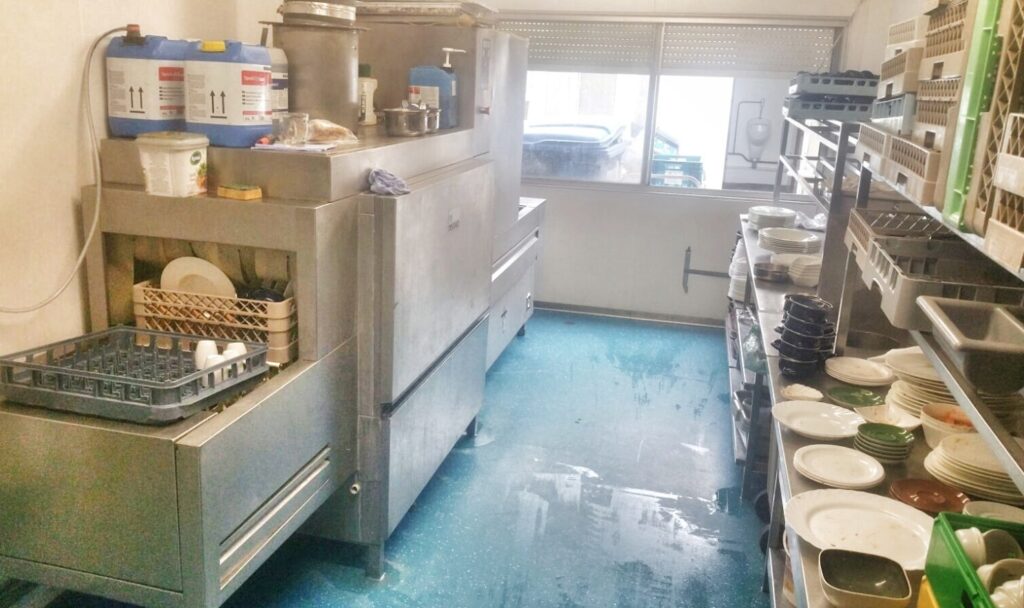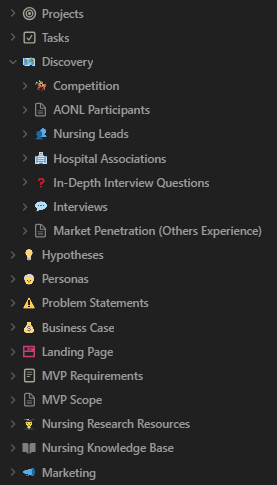Every business has its hidden messes. Let me show you what they look like and how to clean them up.
Business Analyst is like Figaro. Just like in Mozart’s opera, he is everywhere. But let’s get down to earth and have an overview of situations a Business Analyst would usually end up analyzing and finding the optimum solutions to.
The Beach Restaurant Nobody Chooses
Imagine, you want to have dinner at the beach.
You’re hungry after the long Saturday walk. You open TripAdvisor, scroll through the long list of restaurants, and notice Blue Lagoon. It is the only place open on this rainy day and conveniently located nearby.

But it has 2.5 stars. Negative reviews flood your screen. “Next,” you mutter, and continue scrolling.
The Owner’s Perspective

Jack, Blue Lagoon’s owner, is in his 60s and has run this seasonal business for 30 years. The restaurant operates just 6-7 months annually when weather permits.
He’s constantly juggling:
- Paying significant fixed costs (taxes, 20,000€ yearly for assembly/disassembly)
- Managing inventory and supply chains
- Training seasonal staff
- Handling daily operations
- Troubleshooting equipment failures
Jack works 18+ hour days, arriving at 7am and leaving at 1am. By season’s end, he’s exhausted with barely enough profit to justify the effort.
Despite his experience, he can’t figure out how to lift his restaurant’s rating above 2.5 stars.
Jack has his wife and two kids and just 6-7 months to return the investments, cover the expenses, and earn money before the season is closed and the restaurant is disassembled.
Ground-Level Reality: The Dishwasher’s View
Now imagine you’re the dishwasher at Blue Lagoon.
Your responsibilities seem simple:
- Maintain cleanliness in your area
- Operate and maintain the ancient industrial dishwasher
- Clean dirty dishes
- Polish and organize clean dishes
- Return clean dishes to the kitchen
- Maintain cleanliness in your area
But every morning at 11am — even with just a few customers present — you arrive to mountains of dirty dishes, leftovers scattered across the floor, and complete chaos.

As the day progresses, the situation worsens exponentially. You clean one batch, return from delivering them to the kitchen, and find an even bigger mess waiting.
Mess is everywhere. Not just on the trays and plates, but also on the floor, and inside the washing machine. Everywhere. Literally.
I hope I have not yet killed your wish to eat at the restaurants. 🙂
The majority of employees consist of first-year students and scholars (and professional cooks). They do not work for you. They work for Jack. But they work with you. You want to believe you are the team…
Jack might be shouting at the employees just like the captain of the fishing ship. If that is taken personally atmosphere around may get pretty stressful. Occasionally, it may feel like a personal matter.
The Hidden Systems Problem
This isn’t just about dirty dishes. It’s about broken workflows, misaligned incentives, unclear responsibilities, and non-existent communication channels.
The same patterns I see in that kitchen appear in startups and businesses:
- Invisible backlogs that everyone ignores until they become emergencies
- Knowledge silos where critical information lives solely in people’s heads
- Undefined workflows causing rework and redundancy
- Poor feedback loops preventing improvement
- Misplaced resources (right people, wrong tasks)
These aren’t just annoyances — they’re existential threats to your organization’s survival.
Modern Business Complexity
Now imagine your company with these same “diseases” as Blue Lagoon, but with added complexity:
- Digital and manual processes intertwined
- Undocumented workflows
- Multiple online tools, mostly disconnected from each other
- Unclear team roles, unclear deadlines, unclear users’ needs, unclear goals
- Teams constantly in firefighting mode or at best not having any deadlines at all
- Motivation dropping while costs climb
How do you clear this operational mess before it crushes your business?
The Business Analyst
These are all typical situations a Business Analyst can help you with. Business Analyst would analyze the current and to-be situations and processes, prepare gap and impact analyses, analyze documentation, collect and document requirements, processes, knowledge, and issues, discover opportunities, create structure out of chaos, offering the optimum solutions.
When I put on the cap of a Business Analyst, I look at least at 3 areas:
- Team: trust, culture, communication, accountabilities. Can your teammates discuss things openly and assertively? Can they raise concerns? How is it working together here?
- Vision vs Ops: analyzing the market, users/customers, competitors, trends, and business models. Are your day-to-day activities aligned with your bigger goals & market demands? What problem are we solving? 🙂
- Processes & Workflows: analyzing issues with business apps stack, and finding optimum solutions, identifying & recording product requirements & specs. How do your systems — both human and digital — support or hinder your work? Are you using the right tools in the right ways? Technology should reduce friction, not create it.
Practical Steps for Leaders
I generally recommend to take at least 5 actions to start with:
1. Map the invisible.
Create visual representations of your actual workflows (not what you think they are). Use simple tools like sticky notes or Miro boards to make the invisible visible.

2. Find the bottlenecks.
Look for where work consistently piles up. These are your system’s circulation problems.
3. Put knowledge out of the heads and share it with your team (you’re still small!).

Avoid the bus factor & let the whole team and new hires benefit from the shared knowledge.
Use tools like Miro, Notion, Trello, Jira, Confluence.
Document tribal knowledge: Extract critical information from people’s heads.
What problem are we trying to solve? Who has that problem? How do they solve their problem now? Etc, etc.
4. Define the roles and accountabilities.
Ensure your team structure rewards the right behaviors.
Who is responsible for user or customer research, sales, product delivery, etc.?
5. Create feedback loops.
Build mechanisms for continuous improvement. Standups, team retrospectives, customer feedback, etc.
Beyond Technical Solutions
Remember Jack’s restaurant? Technical solutions alone wouldn’t fix his problems. The same is true for your business.
The most powerful operational improvements combine:
- Process optimization
- Tool selection/implementation
- People development
- Communication systems
In my experience, startups and businesses often focus exclusively on product, service and growth while treating operations as an afterthought. But your operational foundation determines how far and fast you can go.
The good news, these problems are solvable with the right approach and outside perspective. Sometimes, it just takes someone who can see both the dirty dishes piling up AND the system causing the pile-up.
People do business with people.
To be effective in the modern business it is important for a Business Analyst to be able to influence, negotiate, mediate, coach, train, collaborate, use knowledge and techniques from psychology, change management, user research, user experience design, product management, sales, marketing, and other areas.
P.S. For a musical metaphor of well-orchestrated operations, listen to Mozart: The Marriage of Figaro. Overture. Notice how each instrument enters precisely when needed, creating something greater than any could achieve alone. Enjoy!
What bottlenecks are holding your organization back right now?

Leave a Reply